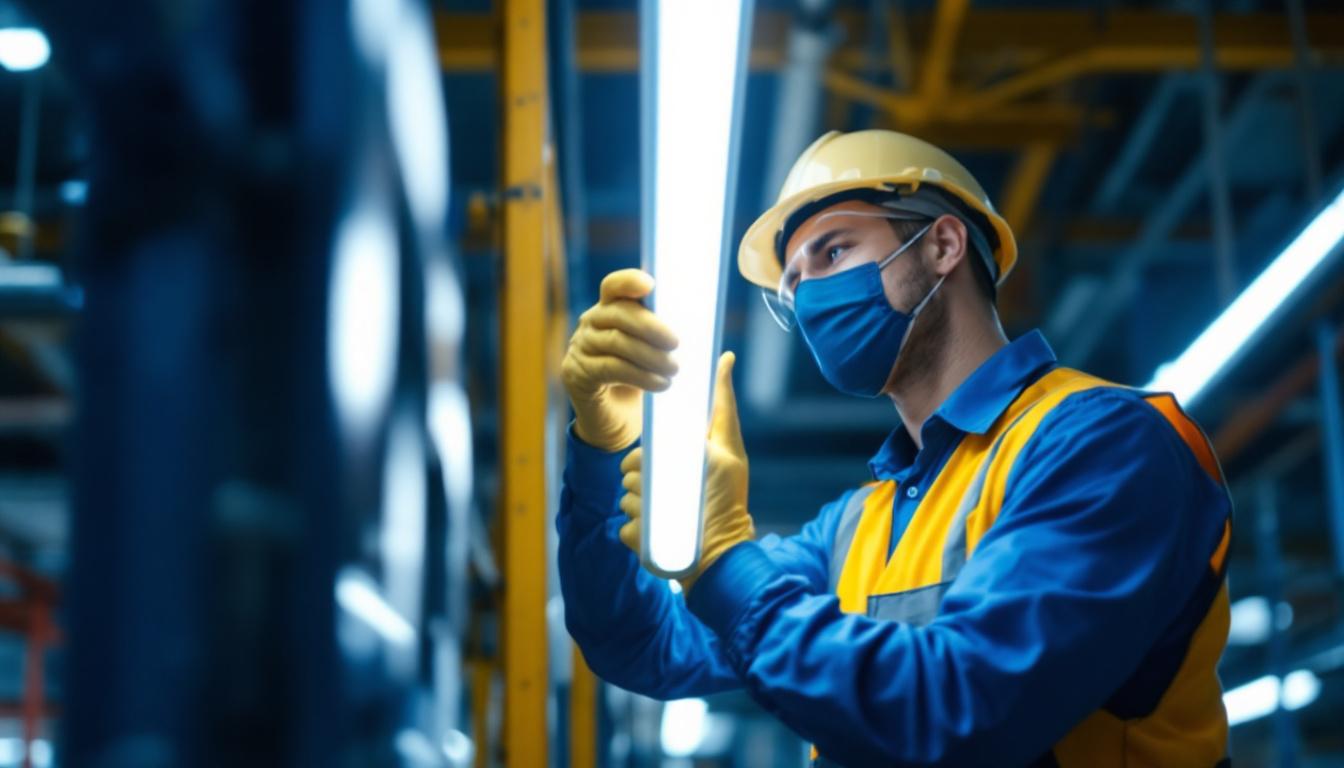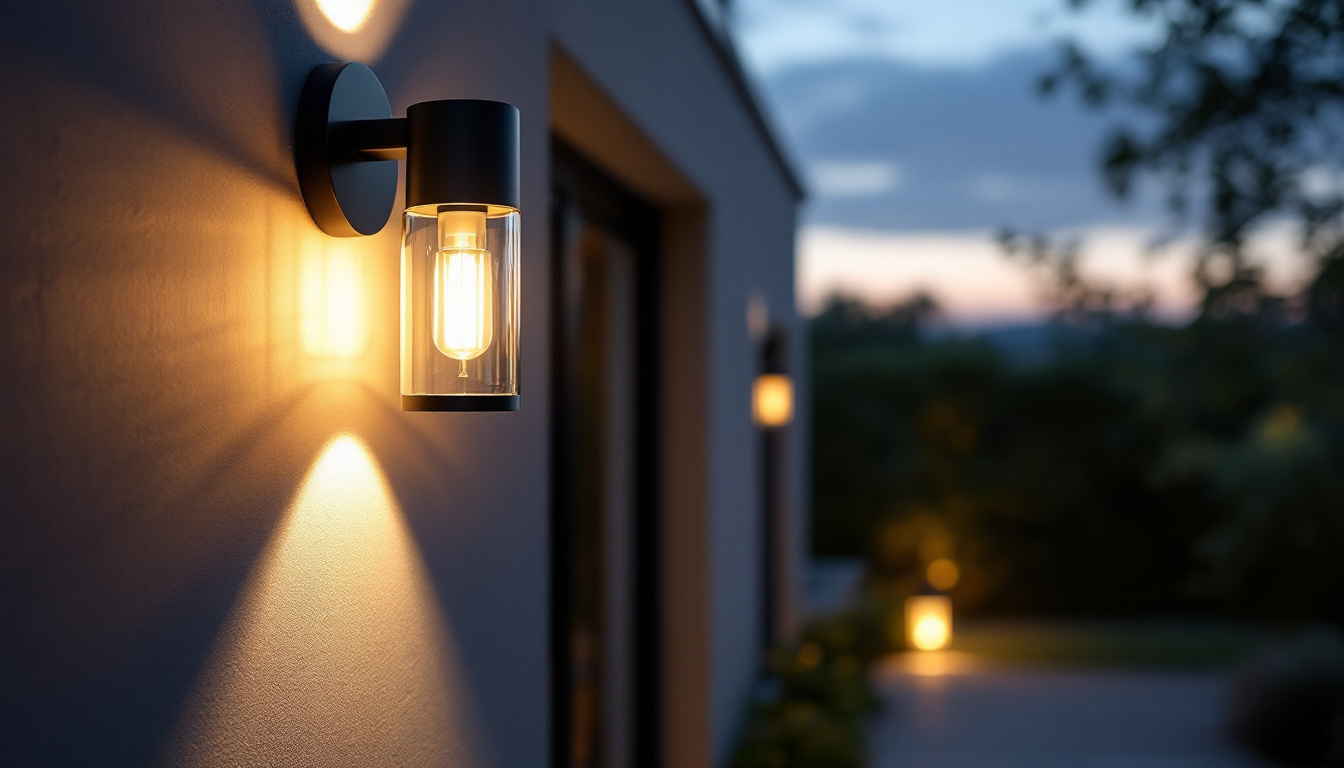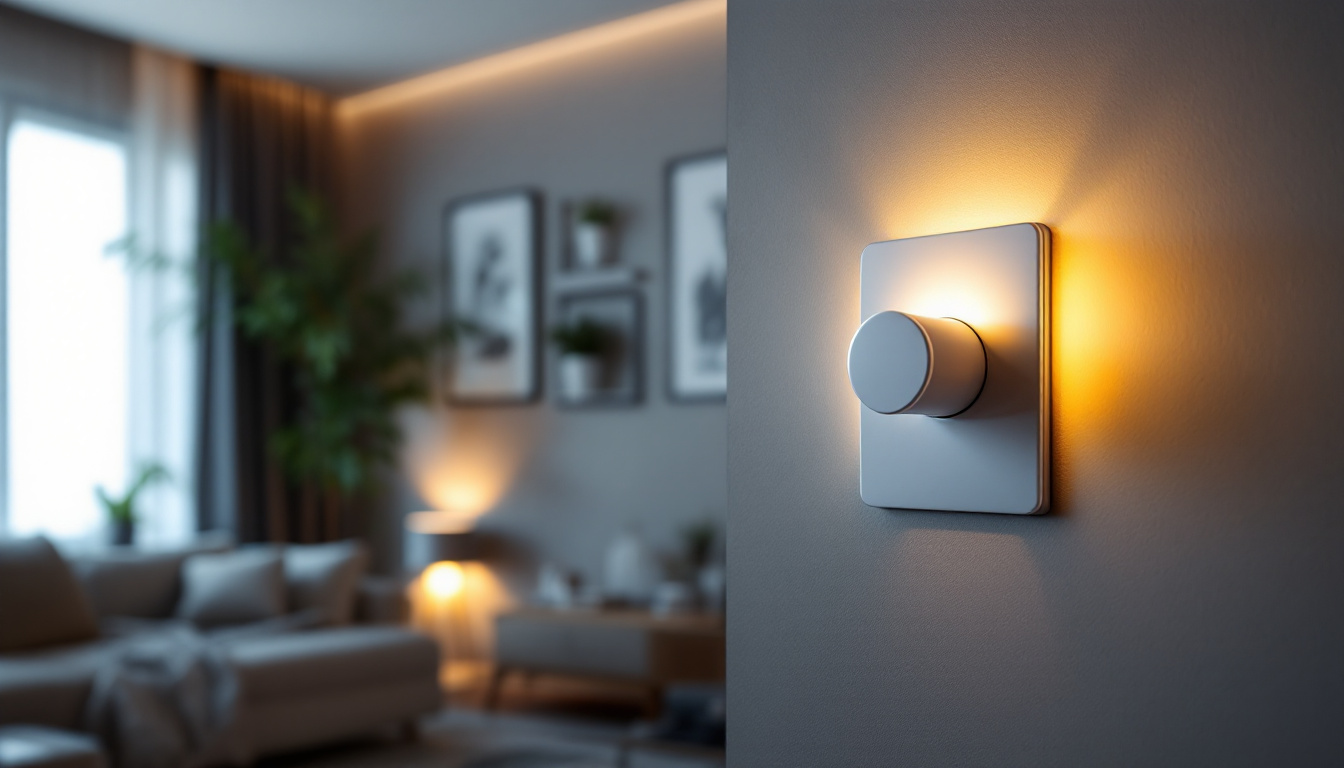In the world of electrical installations and lighting design, the importance of light bulb holders cannot be overstated. These seemingly simple components play a crucial role in ensuring that lighting fixtures operate efficiently and safely. For lighting contractors, understanding the nuances of light bulb holders is essential to avoid potential issues that can arise during installation and maintenance. This article delves into the various aspects of light bulb holders, offering insights and tips to help contractors navigate common pitfalls.
Light bulb holders, also known as lamp sockets, are the components that secure light bulbs in place while providing electrical connections. They come in various designs and materials, tailored for different types of bulbs, including incandescent, LED, and fluorescent. The choice of holder can significantly affect the performance and longevity of the lighting system.
There are several types of light bulb holders, each designed for specific applications. Common types include:
Choosing the right type of holder is crucial for compatibility with the light bulb being used, as well as for ensuring safety and performance. For instance, using an E26 holder with a high-wattage bulb can lead to overheating and potential fire hazards, while a GU10 holder may not provide the necessary support for heavier bulbs. Understanding the specifications of each type can help consumers make informed decisions that enhance their lighting experience.
The material of the light bulb holder can also influence its durability and functionality. Common materials include:
Contractors should consider the environment in which the light bulb holder will be used when selecting materials, as this can impact both safety and performance. For example, in outdoor settings, holders made from corrosion-resistant metals or UV-stabilized plastics are preferable to ensure longevity against the elements. Additionally, ceramic holders are often favored in industrial settings where high-intensity lighting is necessary, as they can maintain structural integrity even under extreme conditions. Understanding these material properties can lead to better choices that not only enhance safety but also improve the overall efficiency of lighting installations.
Despite their simplicity, light bulb holders can present various challenges for lighting contractors. Understanding these issues can help in preventing costly mistakes and ensuring a smooth installation process.
One of the most common issues associated with light bulb holders is overheating. This can occur due to several factors, including:
Overheating can lead to bulb failure, damage to the holder, or even fire hazards. Contractors should always verify the wattage ratings and ensure proper installation to mitigate this risk. Additionally, it is advisable to consider the ambient temperature of the installation environment. For instance, fixtures located in enclosed spaces or near heat-producing appliances may require special attention to ensure that they do not exceed safe operating temperatures. Implementing thermal cut-off switches can also be a proactive measure to prevent overheating in high-risk installations.
Loose connections can cause flickering lights, intermittent operation, or complete failure of the lighting fixture. This issue often arises from:
To avoid loose connections, it is essential to ensure that all components are securely fastened and regularly inspected for signs of wear. Furthermore, using a contact cleaner can help maintain the integrity of the connections, especially in environments prone to moisture or dust. Regular maintenance checks can identify potential issues before they escalate, allowing for timely replacements or repairs that can save both time and money in the long run.
Using the wrong type of light bulb holder can lead to significant issues. Incompatibility can result in:
Contractors should always match the light bulb holder with the appropriate bulb type to ensure optimal performance and safety. Additionally, it is important to consider the specific requirements of LED, CFL, and incandescent bulbs, as each type may have unique characteristics that affect compatibility. For example, some LED bulbs may require a specific type of holder designed to handle their lower heat output and different electrical characteristics. By staying informed about the latest advancements in lighting technology and holder designs, contractors can avoid compatibility issues and enhance the overall efficiency of their lighting installations.
To avoid issues related to light bulb holders, lighting contractors should adhere to several best practices throughout the installation and maintenance process.
Ensuring that light bulb holders are installed correctly is crucial for preventing future issues. Key installation techniques include:
By following these practices, contractors can significantly reduce the likelihood of installation-related issues. Additionally, it is advisable to double-check the compatibility of the bulb with the holder to avoid mismatches that could lead to overheating or electrical failures. A thorough understanding of the electrical load and circuit capabilities will also ensure that the installation meets safety standards and operates efficiently.
Regular maintenance is essential for the longevity of lighting systems. Contractors should schedule periodic inspections to:
Proactive maintenance can save time and money by preventing unexpected failures and ensuring that systems operate efficiently. Furthermore, keeping a detailed log of maintenance activities can help identify patterns or recurring issues that may require more extensive intervention. This record-keeping not only aids in troubleshooting but also serves as a valuable resource for future projects, allowing contractors to refine their practices based on past experiences.
Educating clients about the proper use of lighting fixtures can also play a significant role in preventing issues. Contractors should:
By empowering clients with knowledge, contractors can help maintain the integrity of the lighting systems they install. Additionally, offering guidance on energy-efficient lighting options can enhance client satisfaction while promoting sustainability. Discussing the benefits of LED bulbs, for example, can lead to reduced energy costs and longer-lasting solutions, ultimately fostering a positive relationship with clients who appreciate the value of informed choices in their lighting systems.
As technology advances, so do the options available for light bulb holders. Innovations in this area can enhance safety, efficiency, and user-friendliness.
Smart lighting technology is becoming increasingly popular, and smart light bulb holders are at the forefront of this trend. These holders can offer features such as:
Contractors should consider incorporating smart holders into their offerings, as they can provide added value to clients looking for modern solutions.
Many manufacturers are now focusing on enhancing the safety features of light bulb holders. Innovations include:
By staying informed about these advancements, contractors can select the safest and most reliable products for their installations.
With growing awareness of environmental issues, eco-friendly light bulb holders are becoming more prevalent. These options may include:
Contractors who prioritize eco-friendly products can appeal to environmentally conscious clients and contribute to sustainable building practices.
Light bulb holders are a fundamental component of any lighting system, and understanding their intricacies is crucial for lighting contractors. By recognizing common issues, adhering to best practices, and staying informed about innovations, contractors can enhance their service quality and avoid potential pitfalls. Ultimately, a focus on quality and safety will lead to satisfied clients and successful projects, reinforcing the contractor’s reputation in the industry.
In an ever-evolving field, continuous learning and adaptation are key. By prioritizing knowledge about light bulb holders and their applications, contractors can ensure they are well-equipped to tackle the challenges of modern lighting installations.
Ready to elevate your lighting installations with the highest quality bulb holders and fixtures? Look no further than LumenWholesale. We provide contractors like you with spec-grade lighting products that meet the most rigorous industry standards, all at unbeatable wholesale prices. Say goodbye to local distributor markups and hello to superior lighting solutions that don’t break the bank. With our commitment to affordability, quality, and convenience, you’ll enjoy free shipping on bulk orders, ensuring you get the best value without any hidden costs. Make your next project a shining success with LumenWholesale. Wholesale Lighting at the Best Value is just a click away.

Discover the essential insights lighting contractors need to know about T5 fluorescent tubes.

Discover how wall outdoor lamps can illuminate new business opportunities for lighting contractors.

Discover how commercial outdoor lighting fixtures can transform your space with enhanced visibility and aesthetic appeal.

Discover how a light switch dimmer can revolutionize your lighting installation projects by enhancing ambiance, energy efficiency, and customization.